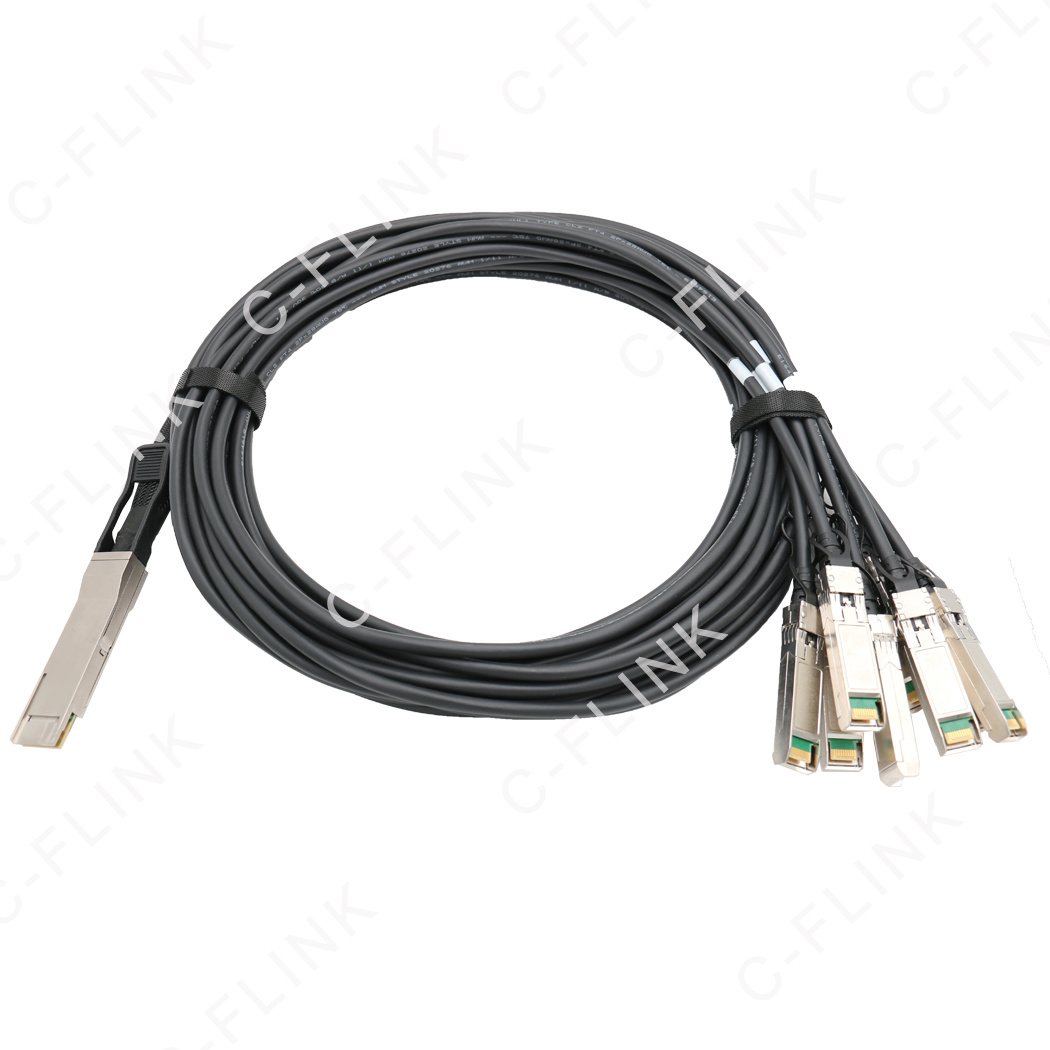Revolutionizing Data Center Connectivity with 400G QSFP DD to 8xSFP56 Passive Direct Copper Cable
Published:
2025-01-07
Among these innovations, the 400G QSFP DD to 8*SFP56 Passive Direct Copper Cable stands out as a game-changer, offering unparalleled performance and flexibility in modern data centers.


In the ever-evolving landscape of data center technology, the demand for higher bandwidth and faster data transmission speeds continues to grow exponentially. To meet these demands, the industry has witnessed a series of innovations, each pushing the boundaries of what was previously thought possible. Among these innovations, the 400G QSFP DD to 8*SFP56 Passive Direct Copper Cable stands out as a game-changer, offering unparalleled performance and flexibility in modern data centers.
The 400G QSFP Double Density (QSFP DD) interface has emerged as a leading technology for high-speed networking applications. With its ability to support up to eight lanes of data transmission at speeds of up to 50Gbps per lane, QSFP DD provides a total bandwidth of 400Gbps, making it ideal for the demands of modern data centers. However, the true potential of this technology is unlocked when paired with the 8xSFP56 Passive Direct Copper Cable.
The 400G QSFP DD to 8*SFP56 Passive Direct Copper Cable represents a significant leap forward in terms of connectivity options for QSFP DD interfaces. Unlike traditional active optical cables (AOCs) or direct attach copper cables (DACs) that may limit flexibility or increase costs, the passive direct copper cable offers a cost-effective and highly reliable alternative. By breaking out the 400Gbps signal into eight separate 50Gbps SFP56 connections, this cable allows for greater flexibility in network design and scalability.
One of the key advantages of the 400G QSFP DD to 8xSFP56 Passive Direct Copper Cable lies in its ability to support advanced network topologies. With eight separate SFP56 interfaces, data centers can now deploy more granular and flexible network architectures, optimizing resource allocation and improving fault tolerance. This modularity also makes it easier to upgrade or expand the network as needed, without the need for costly and time-consuming reconfigurations.
In addition to its technical advantages, the passive direct copper cable offers significant benefits in terms of energy efficiency. By minimizing signal loss and maximizing the throughput of existing fiber infrastructure, these cables contribute to lower power consumption per bit transmitted. This aligns with industry efforts to reduce carbon footprints and operational costs, making the 400G QSFP DD to 8*SFP56 Passive Direct Copper Cable an attractive option for environmentally conscious data centers.

Scan
Huizhou C-FLINK Technology Co.,Ltd.
Add:No. 7 Guangtai Road, Huinan High tech Industrial Park, Zhongkai High tech Zone, Huizhou
Tel:0752-3272990
Fax:0752-3288515
E-mail:sales01@c-flink.com
Copyright © Huizhou C-FLINK Technology Co.,Ltd.
